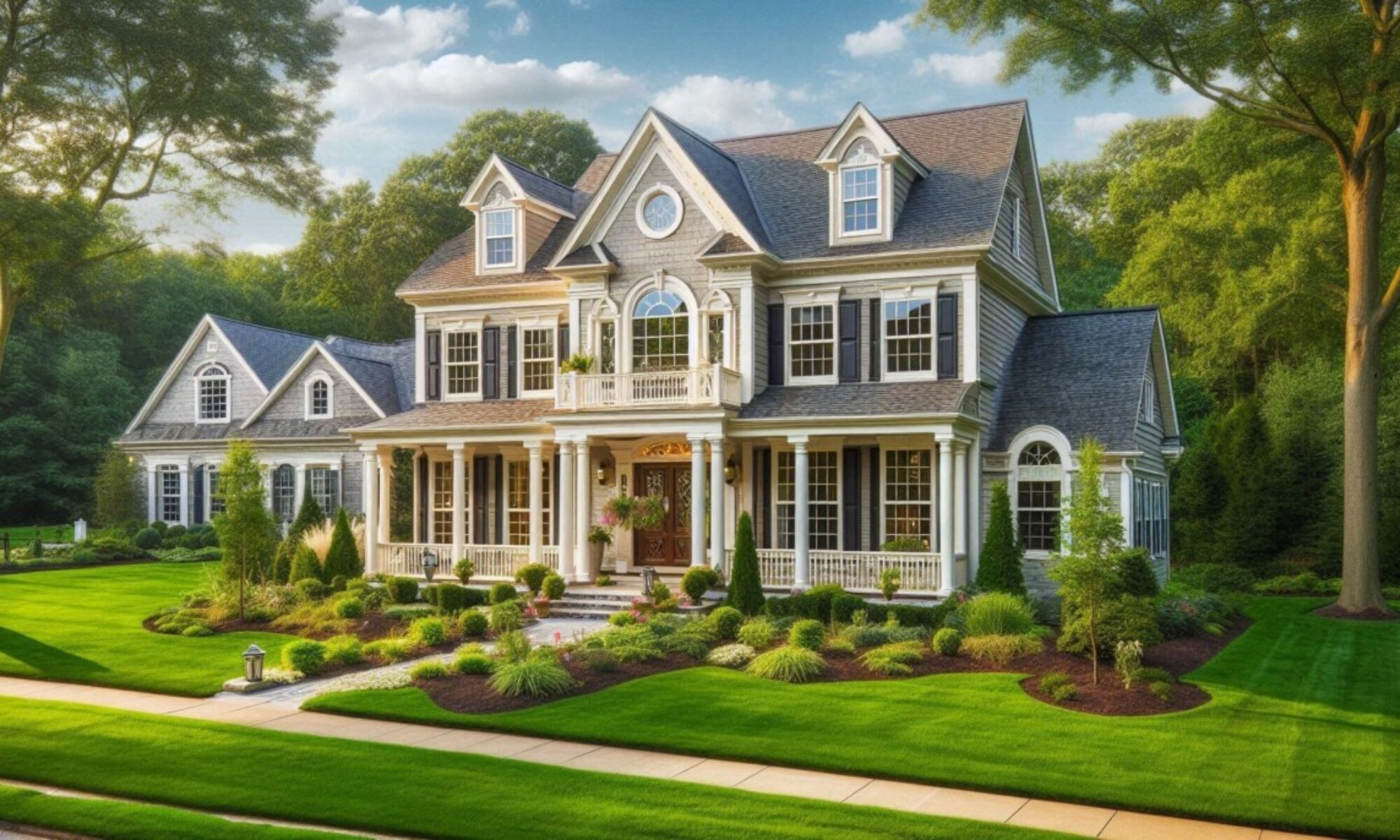How to Handle Multiple Offers on Your Home
You’ve put your home on the market, and suddenly you’re flooded with offers from eager buyers. It’s a dream come true, but it can also be overwhelming and stressful. As a homeowner, you want to make sure you’re making the right decision for your property and your future.
In this article, we’ll explore the benefits and drawbacks of multiple offers, and provide you with practical tips on how to stay organized, communicate effectively, and make an informed decision. Whether you’re a seasoned seller or just starting out, handling multiple offers requires a strategic approach and a clear head.
By the end of this article, you’ll be equipped with the knowledge and confidence to navigate this exciting situation and get the best possible outcome for your home.
The Upside of Multiple Offers
-
- Higher Selling Price: It’s basic economics – high demand can lead to a higher selling price. It’s your chance to get top dollar for your home.
- Better Terms: Buyers may waive contingencies or offer more favorable terms to stand out, making the sale smoother for you.
- Backup Options: If the top offer falls through, you’ve got backups waiting in the wings. No need to start from scratch!
The Flip Side
-
- Decision Overload: More offers mean more options to consider, which can be stressful and confusing.
- Buyer’s Remorse: Sometimes, a buyer might offer more than they’re comfortable with in the heat of the moment and back out later.
- Pressure to Decide Quickly: With multiple offers on the table, you might feel pressured to make a decision faster than you’d like.
Strategies for Handling Multiple Offers
-
- Stay Organized: Keep a clear record of each offer and its terms. A spreadsheet can be your best friend here.
- Be Transparent: Let all parties know there are multiple offers. It encourages buyers to put their best foot forward.
- Consider All Factors: It’s not just about the price. Look at the whole package – contingencies, closing dates, and buyer qualifications.
Conclusion
Handling multiple offers is a delicate dance that requires a cool head and a strategic approach. Remember, the goal is not just to sell, but to sell on the best possible terms for you.
In the end, multiple offers are a good problem to have. With the right approach, you can turn a complex situation into a successful sale. Happy selling!

